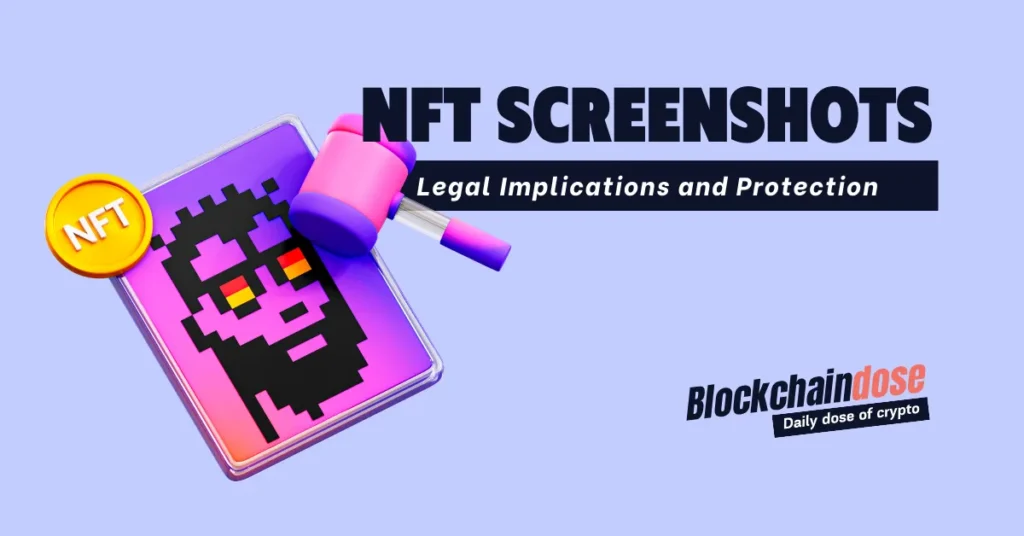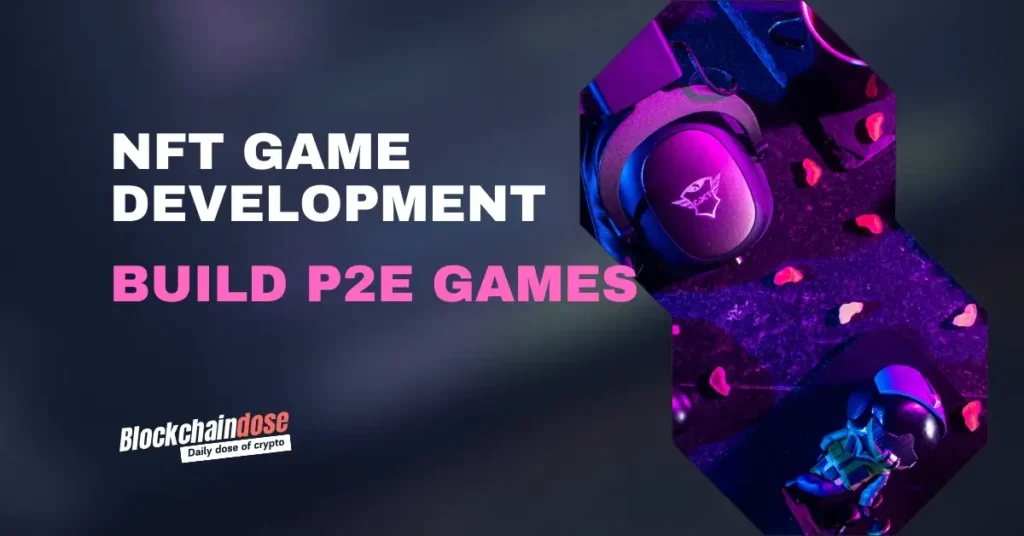Blockchain technology has been one of the most revolutionary developments in finance over the past decade. As a system that redefines how we store and transfer data, blockchain seems primed to be the future of finance and storage. Along with these advancements, blockchain hard forks have played a critical role in shaping the crypto space. But what is the crypto hard fork meaning, and how do these blockchain forks impact crypto?
What Is a Blockchain Hard Fork?
The hard fork concept has been gaining considerable momentum in the realm of blockchain. A blockchain hard fork is a significant change to a protocol that invalidates or validates previous transactions and blocks. In essence, a hard fork demands that all nodes associated with the blockchain network upgrade their software to the latest version.
At the end of a hard fork are two branches of the same blockchain — the original branch follows the rules associated with the previous chain. Some developers, general community members, and nodes may remain with the original chain.
When a hard fork is created, the older chain version is no longer accepted by the newest version.
Any crypto blockchain can suffer from a major fork. If blockchain miners disagree with the new rules governing a chain regarding block validity, they may choose to create a divergence.
Understanding the Meaning of a Blockchain Hard Fork
A soft fork is a blockchain protocol change. Unlike its dramatic counterpart, the hard fork, a soft fork does not lead to a significant shift in the blockchain. Instead, it brings some modifications and new features while complying with existing rules.
Here’s how it works:
- Selective Invalidation: Previously valid transaction blocks or data become invalid. But, the older nodes keep recognizing the newer blocks.
- Miner Consensus: Most miners must upgrade their software to enforce the rules. It’s the opposite of hard forks, which demand all nodes agree.
- Adding New Transaction Types: Soft forks could also introduce a new class of transactions, disrupting the existing operations.
Examples of Soft Forks
- Bitcoin: P2SH adoption, Segregated Witness (SegWit), and Taproot are notable soft forks in the Bitcoin network.
- Ethereum: Ethereum has also seen soft forks to improve its protocol, such as the Byzantium upgrade.
The Most Notable Bitcoin Blockchain Hard Forks
Bitcoin Cash
This remains the most popular Bitcoin fork in 2024, with BCH among the top 20 largest cryptos by market cap. It arose after a SegWit upgrade, which was only partially accepted by the community. As such, a small faction created this fork to avoid the updates brought in via Segwit. However, the creators also intended to expand the Bitcoin block size to about 8MB. In August 2027, Bitcoin Cash was separated from the Bitcoin mainchain.
Bitcoin Gold
Shortly after Bitcoin Cash in 2017, Bitcoin Gold was primarily created to address the mining functionality. The creators of Bitcoin Gold believed that the processes associated with mining were too demanding for special hardware. As such, Bitcoin Gold aimed to provide a more decentralized mining landscape.
Bitcoin XT
This is the first large fork of the Bitcoin network, launched in late 2014. It is the brainchild of Mike Hearn, who was on a mission to achieve more scalability and high transaction speed for Bitcoin. His primary idea was to expand the block size from 1MB to 3 MB. While in the early days, the project seemed like a success, interest diminished in mere months, leading to the ultimate death of the project.
Bitcoin Classic
Bitcoin Classic launched with almost the same concepts as Bitcoin XT but with a slight twist—the block size was increased to only 3MB. The 2016 project, which is still operational in 2024, saw massive interest in the early days, garnering thousands of nodes. However, today, it is not as popular as Bitcoin Cash.
Bitcoin Unlimited
This is the most unpopular blockchain hard fork associated with Bitcoin. Launched sometime in 2016, the project allowed miners to decide the size of blocks. Nodes and miners can restrict block size to a maximum of 16MB.
Other smaller forks, including Segregated Witness and SegWit2x, which took place in 2015 and 2017, brought new twists to the Bitcoin blockchain.
Ethereum Classic: The Hard Fork That Shaped the Crypto Fork Meaning
The most popular Ethereum Hardfork is Ethereum Classic. It is also the first and most controversial of the lot.
Launched in July 2015, Ethereum Classic is mainly a product of Ethereum’s development team. After noticing a hack on the Ethereum DAO, the team implemented a hard fork to restore all the stolen coins. However, this blockchain hard fork was met with some backlash.
While a small number of the Ethereum community supported the hard fork, a majority disagreed. They believed this contradicted the basic idea of blockchain, decentralization.
However, developers decided to implement the blockchain hard fork, causing the original chain to split immediately into two. The original chain is now Ethereum Classic and the new chain has taken the name Ethereum.
Ethereum 2.0 (The Beacon Chain)
The Ethereum 2.0 upgrade, fully completed in September 2022, is also an excellent example of a hard fork. This merge aimed to redefine the consensus system in Ethereum by migrating from the energy-intensive PoW system to Proof of Stake.
While the project has yet to fully realize the promise it gave investors, the move to PoS brought a lot of opportunities for staking Ethereum. However, the future of the project remains bright.
Conclusion: Hard Forks and the Future of Crypto Forks
Ethereum and Bitcoin are the blockchains that have suffered the most major blockchain hard forks. From Bitcoin XT to others like Bitcoin Cash, Bitcoin Gold, Bitcoin Class, and Unlimited, the Bitcoin community has seen significant evolutions since dawn. Ethereum, too, is familiar with forks, with the most popular one occurring in 2022.
So, what does the future hold for blockchain forks? Well, we can wait and see.




